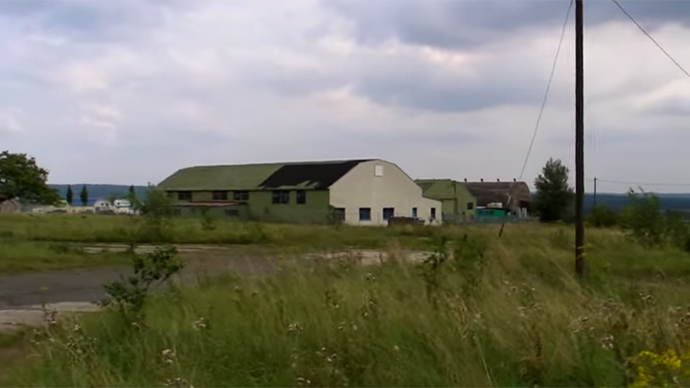Birds of peace? Germany to turn 60 Cold War-era bases into wildlife sanctuaries

Sixty-two disused military bases on what used to be the edge of the Iron Curtain in West Germany will now be turned into bio reserves for rare eagles and woodpeckers, as well as threatened bats and beetles.
“We are seizing a historic opportunity with this conversion –
many areas that were once no-go zones are no longer needed for
military purposes,” said environment minister Barbara
Hendricks.
“We are fortunate that we can now give these places back to
nature.”
READ MORE: Brown bears, other wildlife back in radiation-exposed Chernobyl zone
The bases take up 31,000 hectares, the equivalent to over 40,000 football pitches. The government considered selling off some of the assets as real estate, before settling on the environmental solution. Implementation of the plan will raise Germany’s total area of protected wildlife reserves by a quarter.
This is not the first time military areas have been given a second life as a nature park. When Communist Europe collapsed in the aftermath of the fall of the Berlin Wall in 1989, it was discovered that the no man’s land between the Western and Eastern powers, rarely visited by humans, was one of the most flourishing habitats on the continent. This led to the formation of a European Green Belt, which snakes down almost continuously from Scandinavia all the way into Greece.
But news of the peace-loving initiative ironically comes when tensions between Moscow and the West are at their highest since the end of the Cold War, prompted by the outbreak of violence in Ukraine last year. At present, the European divide still appears to exist, simply having moved a few hundred miles to the east.
READ MORE: NATO conducting biggest beef up of defenses since Cold War – alliance chief
Many of the future German bird sanctuaries formerly served as NATO strongholds manned by an international force. This year will be the first since 1945 when no British troops are stationed in Germany. Poland and the Baltic states, all NATO members admitted in the past two decades, are demanding that the alliance place new permanent bases on their territory. Moscow says this is a violation of a 1997 treaty that promised no such outposts would be set up in the region, even if its members joined NATO.
READ MORE: Poland, Lithuania discussing plans with Washington to harbor US army equipment
While the military group has not yet said yes to Lithuania, Latvia or Poland, NATO’s headquarters in Eastern Europe, located in Poland’s Szczecin, is set to double in size in the coming years. Though not comparable in scale to the thousands of tanks on either side of the divide after World War II, the creation of a permanent rapid reaction force of over 5,000 is also in the works. After accusing Moscow of violating the 1987 treaty banning intermediate range missiles in Europe, the Pentagon is also reportedly considering deploying said ballistic missiles on the continent.
Germany itself, playing its most dominant role in the continent’s military affairs since reunification, is also taking its part. Last week, Bundeswehr tanks rolled across Poland, as the country’s former invaders participated in a large-scale integrated drill, known as Operation Noble Jump, with its allies.
READ MORE: Moscow 'closely looks' into reported US plans to return medium-range missiles to Europe












